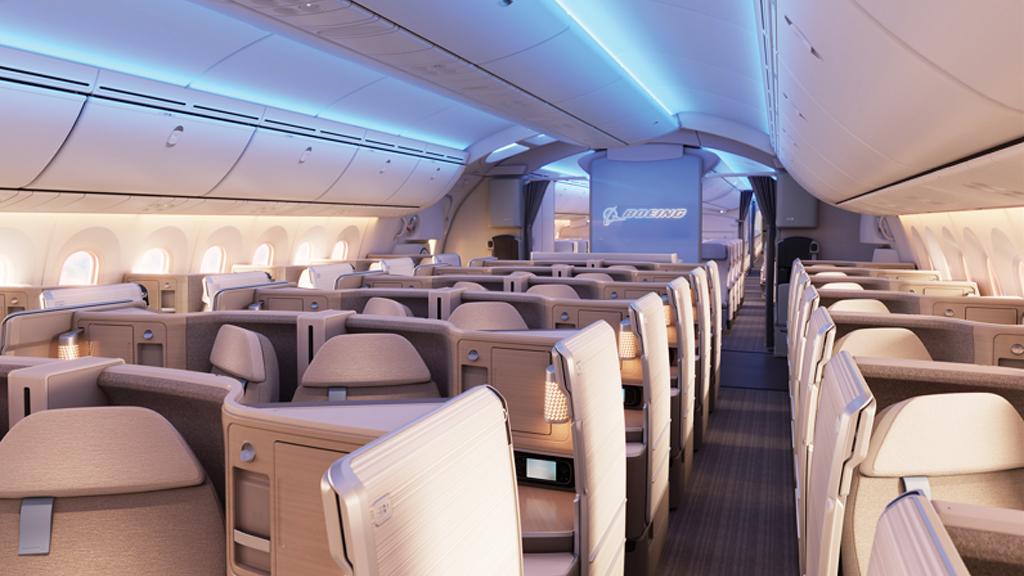
Lufthansa Technik became the first Boeing 787 cabin modification partner in July.
Credit: Boeing
Last year’s management reshuffle at aerospace giant Boeing brought a new leader to the helm of its aftermarket business. Chris Raymond, a 34-year company veteran who oversaw environmental initiatives as chief sustainability officer, became president and CEO of Boeing Global Services (BGS) on Jan. 1...
Boeing Global Services CEO On Quality Stand-downs, Modifications Plans is part of our Aviation Week & Space Technology - Inside MRO and AWIN subscriptions.
Subscribe now to read this content, plus receive full coverage of what's next in technology from the experts trusted by the commercial aircraft MRO community.
Already a subscriber to AWST or an AWIN customer? Log in with your existing email and password.





